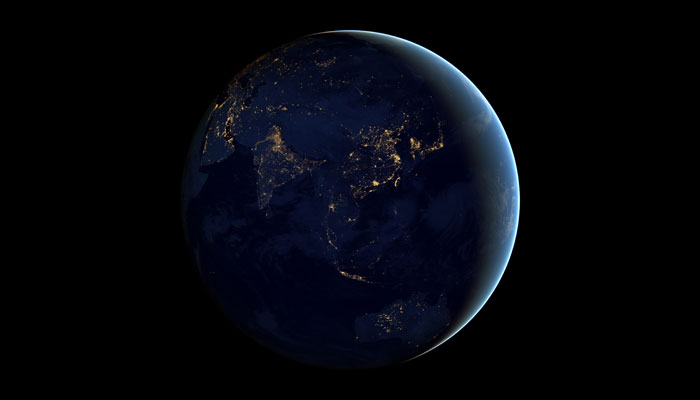Excessive groundwater pumping changes Earth’s rotation: Is it dangerous?
"The redistributing water from the mid-latitudes has a larger impact on the rotational pole," scientists say
June 20, 2023

Scientists have discovered in their new research the impacts of pumping large amounts of underground water and its impacts on the globe’s rotation. Are these effects dangerous? Let's find out.
The scientists revealed that the earth’s spinning has been transformed significantly between 1993 and 2010 alone as the pumped water was moved elsewhere which tilted the globe nearly 80cm (31.5 inches) east during this period.
Earlier researchers found the position of the Earth’s axis changes relative to the crust, with the planet spinning a little differently as water is moved around.
According to the study published in the journal Geophysical Research Letters, scientists estimated using climate models that humans pumped 2,150 gigatons of groundwater from 1993-2010.
The phenomenon that water affects Earth’s rotation was discovered in 2016, it was difficult to understand the particular contribution of groundwater to Earth’s rotation.
The study co-author Ki-Weon Seo, a geophysicist at Seoul National University in South Korea, said: "Earth’s rotational pole actually changes a lot. Our study shows that among climate-related causes, the redistribution of groundwater actually has the largest impact on the drift of the rotational pole."
"I'm very glad to find the unexplained cause of the rotation pole drift. On the other hand, as a resident of Earth and a father, I’m concerned and surprised to see that pumping groundwater is another source of sea-level rise," Dr Seo said.
The findings suggest the "location from which the groundwater is drawn matters for how much it could change polar drift."
Scientists maintained that the redistributing water from the mid-latitudes has a larger impact on the rotational pole.
Researchers noted that most water was redistributed in western North America and northwestern India, both at mid-latitudes during the period from 1993 to 2010.
The researchers also added: "Attempts by countries to slow groundwater depletion rates, especially in these sensitive regions, can theoretically alter the change in drift."
However, this could work only if such conservation approaches are sustained for decades.
Since the Earth’s rotational pole normally changes by several meters within about a year, changes due to groundwater pumping don't pose any risk of shifting seasons, researchers remarked.
For further study, scientists aim to comprehend water storage variations during the last 100 years and whether global high temperatures effected this.









